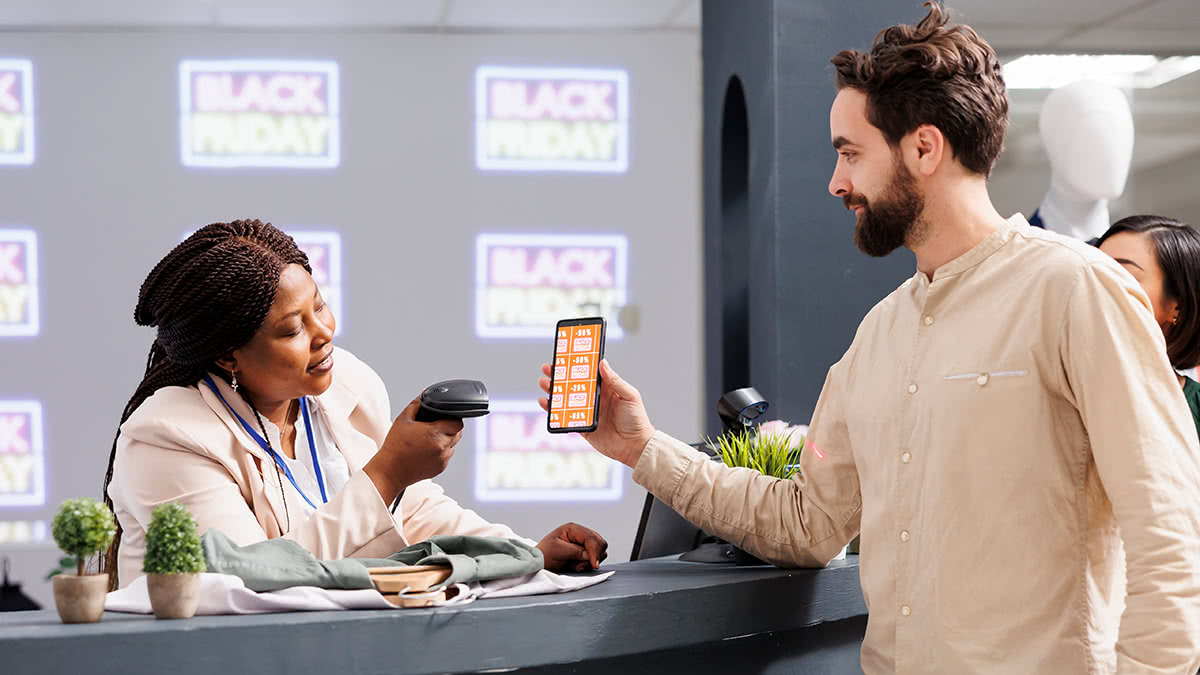What You Need Know about Customer-Loyalty Programs

While Marcy is shopping for flowerpots at her local big-box store, an email comes in on her phone: "Congrats! You now have 300 points to spend in your Happy Valley Nursery Loyal Customer account!" So she drives over to the store, where she pays nothing for her flowerpots.
A loyalty program can transform a small business that's looking to build a repeat-customer base. According to a Lending Tree survey, eight out of ten consumers belong to at least one customer- loyalty program. What's more, many customers enrolled in loyalty programs choose allegiance over economy: 63 percent of loyalty program members say they'll pay more for a product or service offered by that brand, even if it's cheaper somewhere else.
So what type of customer-loyalty programs should you consider? Let's take a look:
Pick a program based on your business needs.
Having a loyalty program sets your business apart from your competitors and helps you increase sales. Choose a type that addresses your most pressing sales and marketing issue(s) or create a hybrid solution that blends these types.
- Cash-back programs award participants a percentage of their purchases back in cash or credit. They're especially helpful if overhead and/or supply-chain issues prohibit you from offering lower prices than your competition.
- Points-based systems are an effective and flexible way to bolster sales. Many programs award points-per-dollar-amount of purchases. You can also award points for opting into a newsletter or other marketing communications program, referring new customers, or having your customers post their purchases on social media. Three-quarters of respondents to a Lending Tree survey said that earning points drew them to join a loyalty program.
- Referral-based programs award discounts or other perks to customers who refer a friend or family member.
Tiered programs: Going for the gold
One way to solicit interest in your loyalty program is to offer tiers of participation. For example, you can create bronze, silver, and gold membership levels, based on points accrued, number of purchases, or any combination of criteria. Each can come with its own unique awards.
Dos and don'ts for customer-loyalty program success
Follow these tips to ensure that the hard work you put into a customer-loyalty program pays off.
Do...
- Offer clear value. Don't get a customer all excited about accruing 1,000 points, only for them to get a measly a 10% discount on a limited selection of items. If you offer too little, you look silly.
- Create a sustainable program that's designed to Increase sales and profits. Even if customer retention improves, it won't benefit your business if you're not generating enough money to stay in the black.
- Use one of the many applications designed to manage customer-loyalty programs. Unless you're doing the most rudimentary hole-punch kind of card program, you'll need a tracking system. It can help you to:
- Monitor points
- Issue notifications and announcements
- Collect valuable item-level data to better target customers for specific promotions
- Stand by your plan. A loyalty program is an invitation that sets up expectations. Commit to making it work from the start, even if you need to make tweaks along the way.
- Communicate regularly. If people need to ask for updates on their rewards, they may either forget about them or become discouraged. Send monthly updates and consider a newsletter along with it, with "insider information" on new products, sales, and related tips and hints.
Don't...
- Defeat the purpose of the program by offering too much and compromise your profits.
- Try to manage your program on your own. If you're tracking points with an Excel spreadsheet, you're missing out on some great data-leveraging opportunities, while also running the risk of making costly mistakes.
- Make it too difficult redeem rewards. If your customers need to jump through hoops to claim rewards, they may think you're putting one over on them.
- Devalue accrued awards or change incentives midstream. Customers may see these missteps as deceptive unethical.
- Compromise privacy. Always state clearly what you will (and will not) use their account information for. No one wants to sign up to your loyalty program, only to realize that you've sold their data to a market-data service or a complementary business.
When you take the time to create a thoughtful customer-loyalty plan, you can build a customer base that sticks with you for the long-term and helps you grow.
Since 2008, Fora Financial has distributed $4 billion to 55,000 businesses. Click here or call (877) 419-3568 for more information on how Fora Financial's working capital solutions can help your business thrive.






